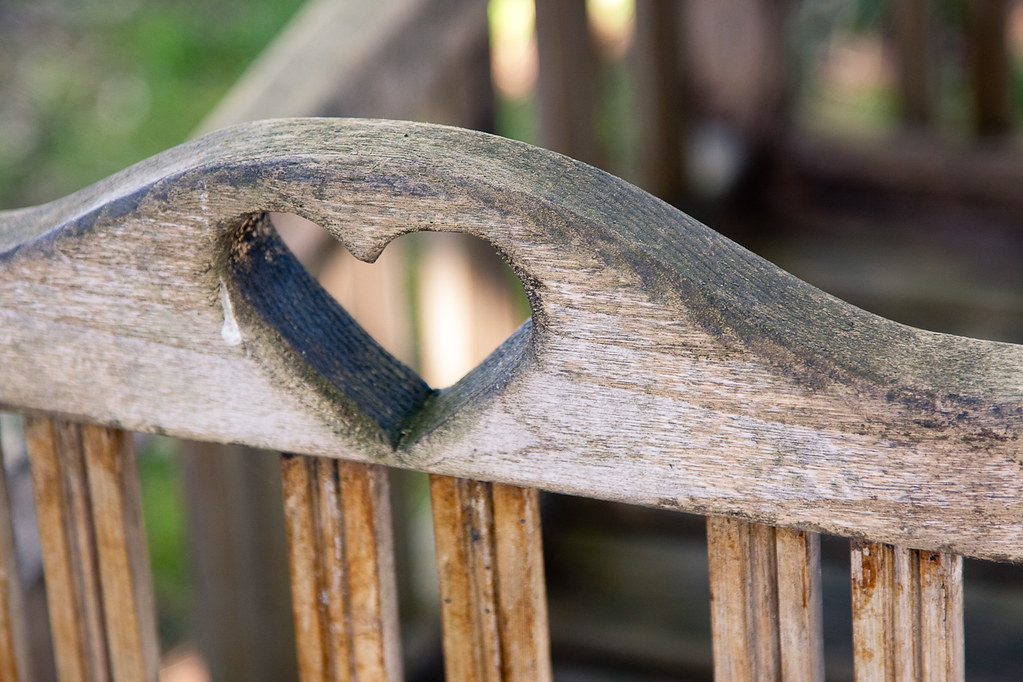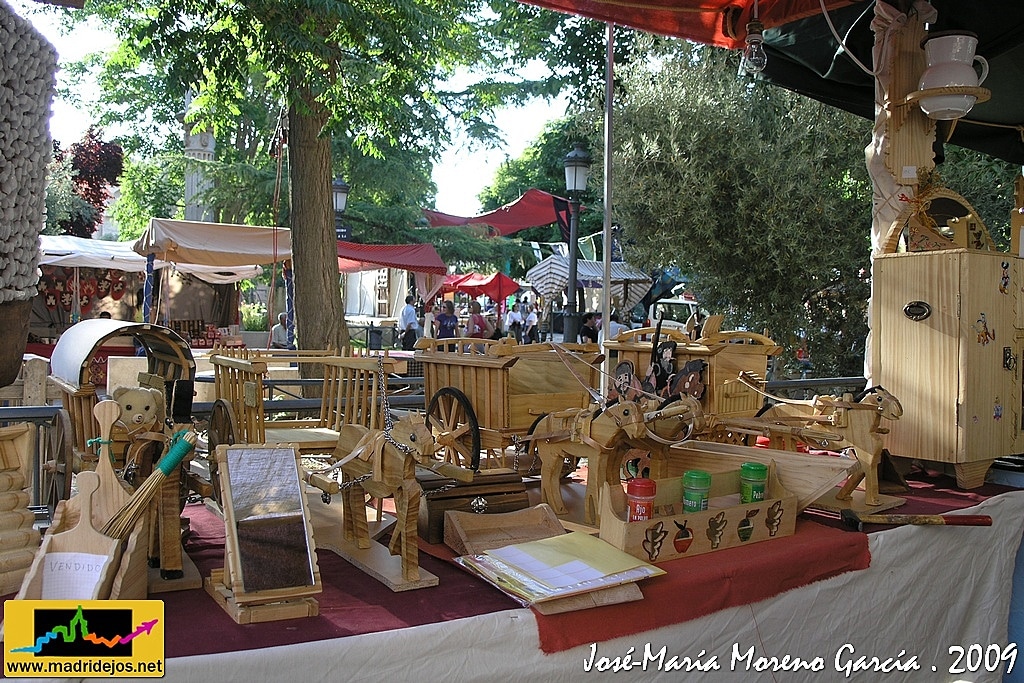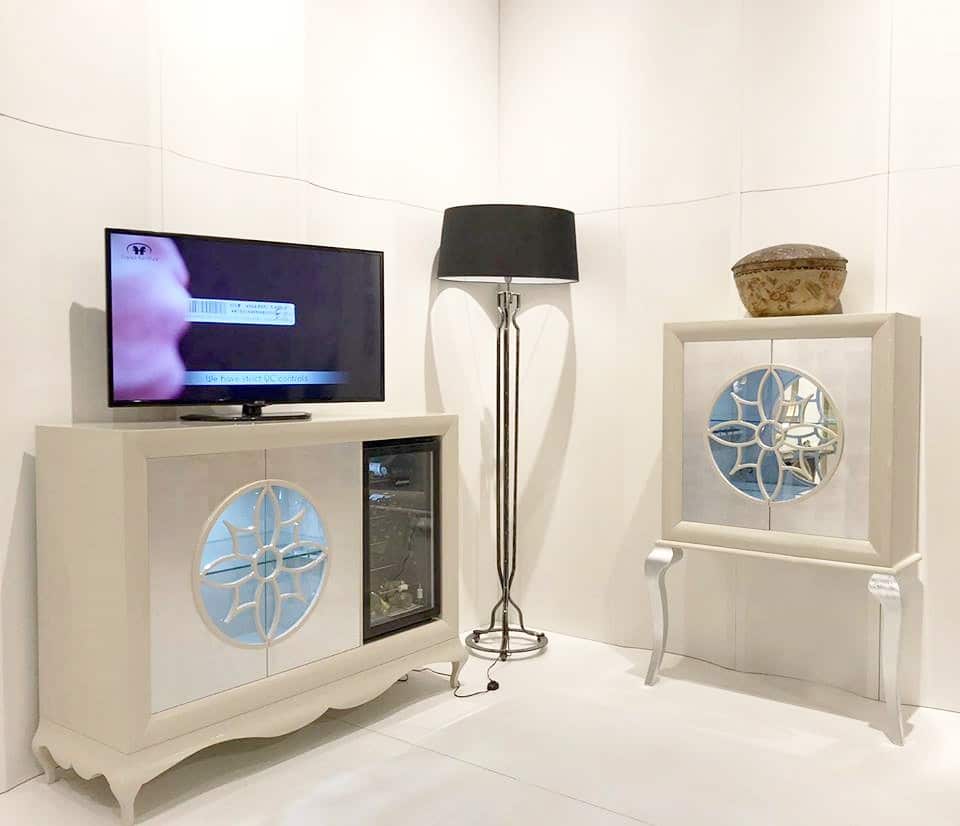
Image by afgomez is licensed under CC BY-NC-SA 2.0
Restoring old furniture is more fashionable than ever. The trails are filled with people in search of that old grandmother's table that nobody wants, to give it life and modernize it, adapting it to our current time. And, the eclectic decor, one that mixes elements from different eras (as we saw in this previous post) is a trend.
Here you will learn different techniques of wood restoration step by step, to update those ugly or old furniture that no longer tells you anything. Let's go there!
Pretreatment of furniture: sanding and use of stripper
First we have to treat furniture through a series of steps, ready for capture on our creativity.
It is important to perform this treatment very well, because it is the one that will guarantee the best finish of our furniture.
First of all, it is essential to see that the furniture does not have woodworm (If you have strange holes or noises inside, you may have this termite.) To solve the problem, simply apply a specific anti-woodworm product.
Usually these have antique furniture paint and varnish, elements that must be eliminated to apply our own. For this we will use two techniques, sanding and the use of stripper.
SandingWe may use different sandpapers to perform this step. If we sand by hand, it will be a very expensive process. To save time and better leave the cabinet, it is advisable to use a disc sander. You have to be very careful, because we can deform the original furniture if we spend. We also have to sand in the direction of the wood grain, for a better finish. It is possible that this step will be enough, depending on the surface we are treating. If not enough (often left powerless abraded corners), it is convenient to use the etchant.
Use of stripper: we use chemical products (strippers) to remove paint and varnish from furniture. It is important to wear gloves when using these products, as well as to work in a sufficiently ventilated place. We can add a mask and protective glasses to avoid possible irritation us. There are many types of strippers. Some are removed with water (Must take care, because it can swell the wood) and other with sanding (A spatula is usually used to remove them). Once applied, it is vital that they do not dry out and remove them before this happens (each stripper will have an action time indicated on the container). We may have to sand again to remove possible debris.

"Wood - Craft» by JOSE-MARIA MORENO GARCIA = PHOTOGRAPHER HUMANISTA is licensed under CC BY-NC-ND 2.0
Filling of pores or voids
Then it is convenient to use a filler, to fill the holes in the wood (this is necessary if it has very large pores, which will depend on the type of wood we are treating). It is a doughy mass, which apply with a brush and withdraw using a spatula.
Applying a stain sealer
Using a dye sealant will distribute it evenly over the surface, which does not happen with many types of wood, which absorb much dye and are very dark. It is convenient to sand a little after drying, so that the wood is as uniform as possible.
Dye application
We can now apply the dye. There are dyes that are used before the primer, so you have to read the instructions. The dye can be liquid (the more layers we apply, the darker the finish will be) or gel type. There are also oily base o watery.
Final finish

«Salone-mobile-milano-2018-franco-furniture» by Mueble de España / Furniture from Spain is licensed under CC BY-NC-SA 2.0
There are different ways to finish the furniture:
Lacquer. It must be sprayed on the furniture.
Varnish. Also called polyurethane, it must be applied in thin layers by brush.
Buy. It is ideal to repair scratches easily future, with a simple application. It does not protect as much as the other two.
After this we can use a wax, which will give our furniture more protection and a beautiful final finish.
There are also different techniques that you can use, other than dyeing or complementary: application of stickers, use of decapé ...creativity in catering has no limits, what are you waiting for to start?